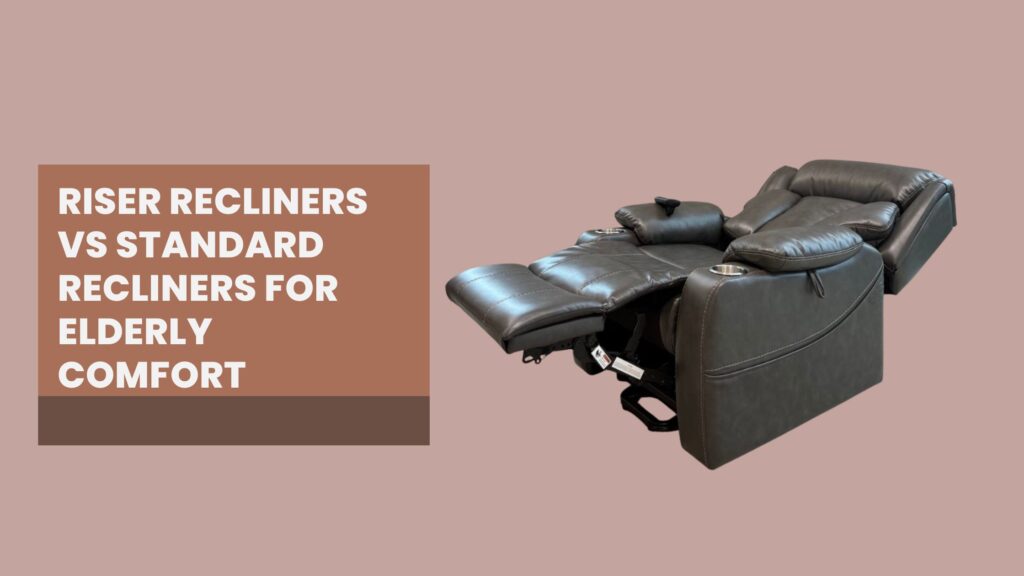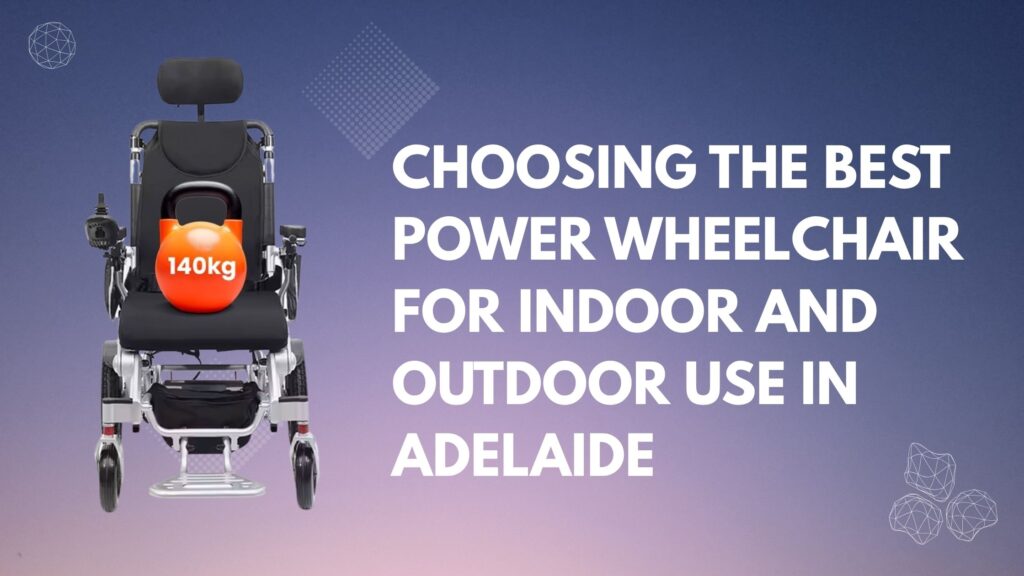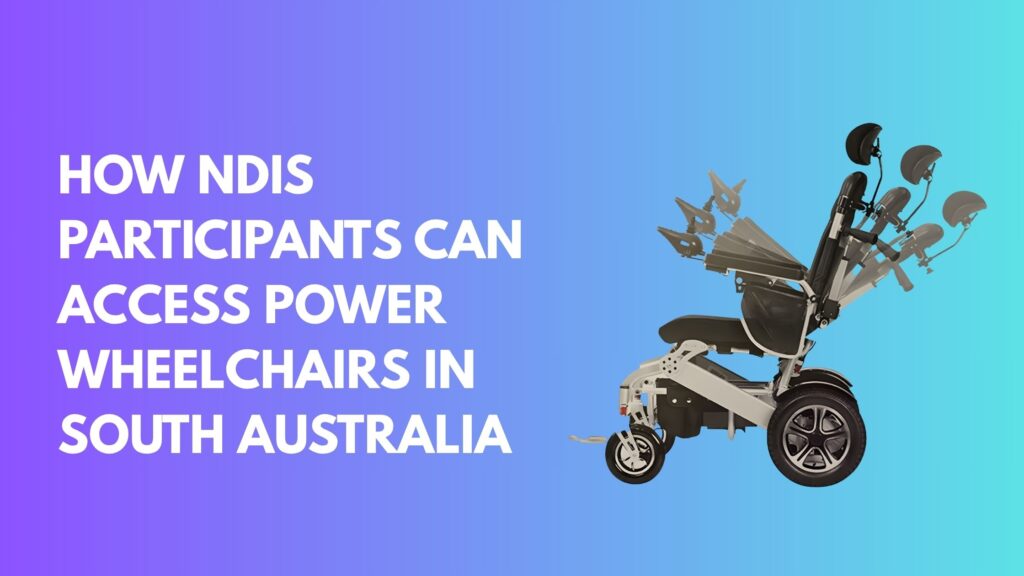As we age, finding the right seating can greatly improve daily comfort, independence, and safety. For elderly individuals or those experiencing mobility issues, recliner chairs are more than just a luxury—they can be a vital part of home care.
This guide compares riser recliner mobility chairs with standard recliners, helping you decide which one best suits the needs of an older adult at home or in aged care.
What Is a Riser Recliner and Who Needs It?
A riser recliner (also known as a rise-and-recline chair) is a specially designed mobility electric recliner chair that not only reclines but also gently tilts forward to assist the user in standing up or sitting down. These chairs are ideal for:
- Elderly users with limited leg strength or joint stiffness
- People recovering from hip or knee surgery
- Individuals with arthritis, back pain, or fatigue-related conditions
- Carers looking to reduce physical strain during transfers
Riser recliners are often recommended by occupational therapists because of their safety benefits and ease of use. To explore available models, see our full range of recliners.
Standard Recliners: Comfort Without Assistive Features
A standard recliner provides a supportive and adjustable backrest and leg rest but does not include a powered riser mechanism. These chairs are ideal for:
- Seniors who can sit and stand independently
- Individuals looking for comfort during reading, TV, or naps
- Those with minimal mobility issues but who value supportive seating
Standard recliners are often more affordable and offer excellent padding, lumbar support, and stylish designs. However, they may not meet the functional goals of users with reduced balance or strength.
Pros and Cons: Side-by-Side Comparison
Here’s a quick overview of the benefits and trade-offs between riser recliners and standard recliners:
| Feature | Riser Recliners | Standard Recliners |
| Stand-assist functionality | Yes – helps users stand or sit with ease | No |
| Suitability for limited mobility | Ideal for elderly with strength/balance issues | Suitable for users with good mobility |
| Cost | Higher due to motorised features | More budget-friendly |
| Space requirements | May need more space for full range of motion | Generally more compact |
| Power source | Requires electrical outlet | Manual or simpler electric mechanism |
| OT recommendation | Often required for NDIS funding | May not qualify as assistive technology |
Our Hi-Low Power Recliner Chair is an excellent example of a riser recliner with ergonomic features, powered lift, and posture support—perfect for older adults with limited mobility.
Which One Suits Your Situation Best?
The best choice depends on the user’s:
- Mobility level – Can they rise from a seated position unassisted?
- Daily routine – Do they spend long hours seated?
- Carer support – Will a caregiver be present to assist?
- Space and environment – Is there adequate room for a riser’s full range of motion?
- Budget and funding – Are they eligible for NDIS funding or OT-backed support?
If safety during transfers is a top priority or if there is any risk of falls, a riser recliner is the safer choice. For those needing comfort while seated but still independently mobile, a standard recliner may suffice.
Final Advice from Adelaide Mobility Experts
At Adelaide Healthcare Equipment, we work closely with carers, OTs, and families to assess seating needs and offer home demonstrations of both chair types. Whether you’re shopping for a loved one or upgrading seating for an aged care home, our team is here to guide you.
- Try both recliner types with a home demo
- Browse our full range of riser and standard recliners
- Contact us for expert advice tailored to your home setup
Comfort and independence go hand in hand. Whether you choose a riser recliner or standard model, investing in the right chair can significantly improve daily life for elderly users—supporting mobility, reducing pain, and offering much-needed rest.
Let us help you find the right solution for your needs today.



